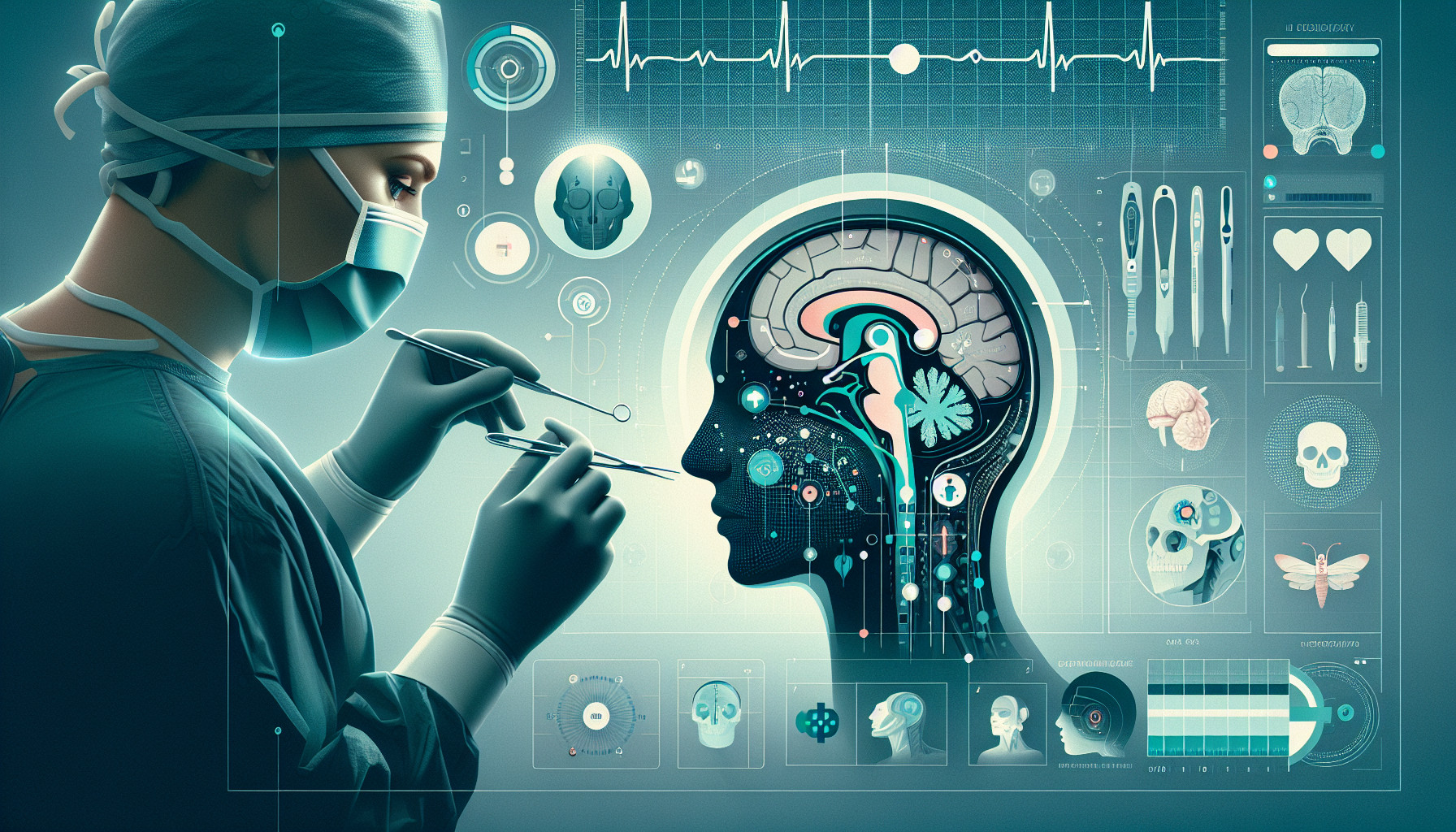Our Summary
This research paper explores the impact of new technologies on surgical training, specifically in oral and maxillofacial surgery. The researchers conducted a structured review of existing studies on the subject and found that new technologies - including social networks, serious games, and virtual reality - can reduce the time it takes for students to learn surgical skills and increase their enthusiasm for learning. These technologies can also cut down on operating times and complications. However, there are also challenges, such as the initial cost, the complexity of developing new models, and the need for an open mind to integrate these technologies. The researchers note that most of the studies reviewed involved small sample sizes and didn’t focus on long-term skill acquisition. Despite these limitations, they conclude that incorporating new technologies into surgical education is essential for progress in the field.
FAQs
- What new technologies were found to improve surgical training in oral and maxillofacial surgery according to the research paper?
- What challenges were identified in the integration of new technologies into surgical education?
- Did the research find any limitations in the studies reviewed concerning the use of new technologies in surgical training?
Doctor’s Tip
A helpful tip a doctor might tell a patient about maxillofacial surgery is to follow all pre-operative and post-operative instructions provided by the surgeon. This can include specific guidelines for eating and drinking before surgery, taking prescribed medications as directed, and following recommendations for oral hygiene and wound care after the procedure. By following these instructions closely, the patient can help ensure a successful outcome and minimize the risk of complications.
Suitable For
Patients who may be recommended for maxillofacial surgery include those with:
Facial trauma: Patients who have suffered injuries to the face, such as fractures of the jaw, cheekbones, or eye sockets, may require maxillofacial surgery to repair and reconstruct the affected areas.
Congenital deformities: Individuals born with conditions such as cleft lip and palate, craniofacial abnormalities, or other congenital deformities may benefit from maxillofacial surgery to improve function and appearance.
Temporomandibular joint (TMJ) disorders: Patients experiencing pain, stiffness, or dysfunction in the jaw joint may be candidates for maxillofacial surgery to correct the underlying issues.
Orthognathic surgery: This type of surgery is performed to correct misalignments of the jaws that can affect bite function, speech, and facial aesthetics.
Oral pathology: Patients with tumors, cysts, or other abnormalities in the mouth, jaw, or face may require maxillofacial surgery for diagnosis, treatment, and reconstruction.
Sleep apnea: Maxillofacial surgery can be used to address obstructive sleep apnea by repositioning the jaw or soft tissues to improve airflow during sleep.
Dental implant placement: Maxillofacial surgeons may perform surgery to place dental implants for patients missing teeth or in need of dental restoration.
Overall, maxillofacial surgery is a specialized field that addresses a wide range of conditions affecting the face, jaw, and mouth. Patients with complex facial issues or injuries may benefit from the expertise of a maxillofacial surgeon to improve their quality of life and overall health.
Timeline
Before maxillofacial surgery:
- Patient consultation: The patient meets with the surgeon to discuss their medical history, treatment options, and expectations.
- Pre-operative assessment: The patient undergoes various tests and evaluations to ensure they are fit for surgery, such as blood tests, imaging scans, and dental exams.
- Treatment planning: The surgeon develops a personalized treatment plan based on the patient’s needs and goals.
- Pre-surgical preparation: The patient receives instructions on how to prepare for the surgery, including fasting guidelines and medication adjustments.
After maxillofacial surgery:
- Immediate post-operative care: The patient is monitored closely in the recovery room and may receive pain medication and fluids through an IV.
- Hospital stay: Depending on the extent of the surgery, the patient may need to stay in the hospital for a few days for further monitoring and care.
- Follow-up appointments: The patient will have regular follow-up appointments with the surgeon to monitor their healing progress and address any concerns.
- Rehabilitation: The patient may need to undergo physical therapy or speech therapy to regain function and mobility in the affected area.
- Long-term care: The patient may require ongoing maintenance and follow-up care to ensure the success of the surgery and address any potential complications.
What to Ask Your Doctor
- What are the potential risks and complications associated with the surgery?
- How many times have you performed this specific type of surgery?
- What is the expected recovery time and post-operative care plan?
- Are there any alternative treatment options available?
- What are the success rates for this type of surgery?
- Will there be any visible scarring after the surgery?
- How long will the effects of the surgery last?
- What should I do to prepare for the surgery (e.g. dietary restrictions, medication changes)?
- Are there any specific instructions I need to follow after the surgery?
- How can I best manage pain and discomfort during the recovery process?
Reference
Authors: Grall P, Ferri J, Nicot R. Journal: J Stomatol Oral Maxillofac Surg. 2021 Sep;122(4):423-433. doi: 10.1016/j.jormas.2020.11.010. Epub 2020 Dec 7. PMID: 33301948
